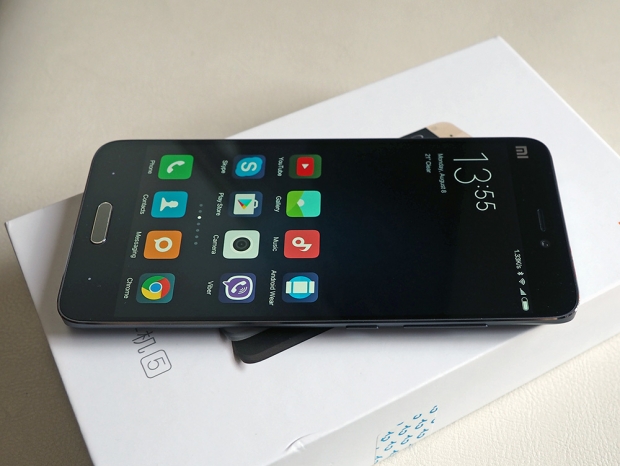Index
Audio, Display and Camera Quality
What’s the use of having a lighting-fast processor if it’s mated to a subpar display, or a lousy camera? These are usually the components that get the proverbial “haircut” in cheaper devices.

Luckily, the Mi5 does not compromise quality for price. The phone sports a top-notch 5.15-inch display, rated at 600 nits brightness, with good backlighting and color rendition. It’s not a 4K or 1440p display - Xiaomi opted for a 1080p unit, but there is a silver lining. By choosing a somewhat lower resolution, Xiaomi got a thin display with tiny bezels, good power efficiency, and low weight. That helped keep the phone relatively thin (7.3mm) and light, about 15g lighter than an iPhone, with a 4.7-inch screen. You still end up with 428PPI, which should be more than enough for most users.
On the whole, the display is nothing short of excellent. It’s bright enough to remain legible under the Mediterranean sun, and Xiaomi’s sub-pixel processing helps as well. Like all Xiaomi phones, there’s “Read Mode” as well, which reduces the background glare and color temperature. It’s a nice feature, although it could have been better. We’d like to see the ability to create user profiles, which would activate read mode at a certain time of day. Adaptive brightness works well, and it’s a lot faster and subtler than on previous Xiaomi phones. It can still react aggressively in some situations, but this happens to every smartphone from time to time.
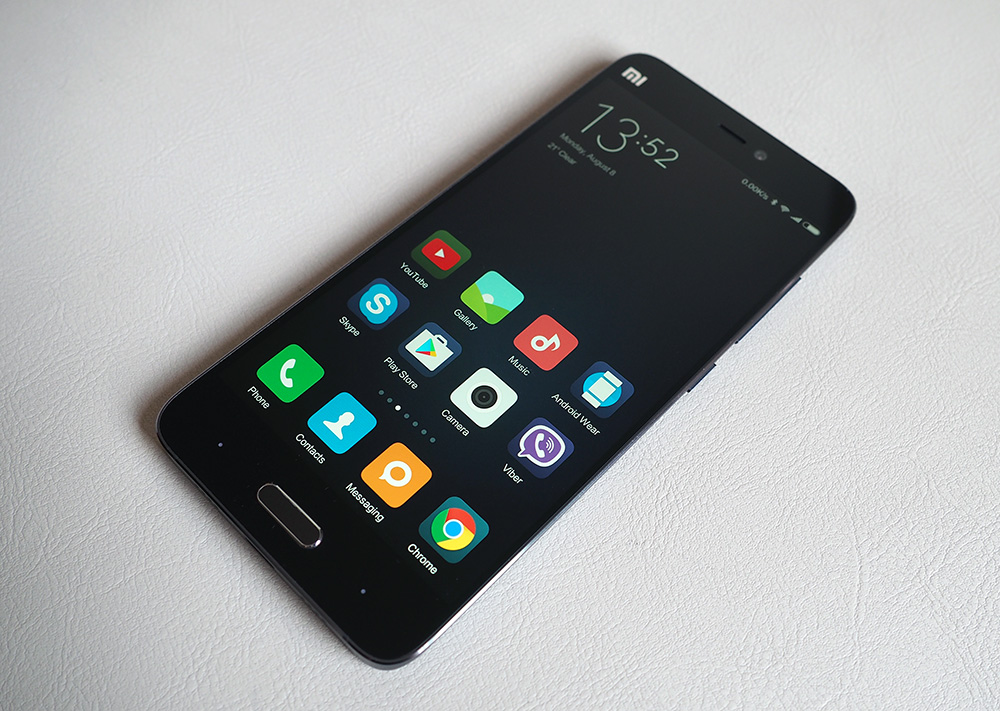
While this may be a 1080p display in an era of 1440p flagships, that does not mean it’s no good. Quite the opposite, it’s an excellent display with above average brightness and contrast. Remember, resolution is not everything - just ask Apple.
The side-firing speaker is quite good, although it’s nothing special. It’s loud enough for the occasional speaker call and does not distort the sound if you’re enjoying video on max volume. While the Mi5 features two sets of speaker grilles, it has just one speaker, located on the left. The right grille houses the microphone.
Call quality is excellent, and noise cancellation works quite well. The Mi5 is also the first Xiaomi phone to support VoLTE, allowing for higher fidelity audio calls.
So what about the cameras?

Let’s start at the back, with the 16-megapixel unit. It’s based on Sony’s IMX298 sensor, with PDAF and DTI pixel-to-pixel isolation. Xiaomi’s trump card is 4-axis optical image stabilization (OIS). While OIS is nothing new on flagship phones, Xiaomi is the first vendor to incorporate 4-axis OIS with longitudinal and latitudinal image stabilization, which means it can detect and compensate motion from 8 different directions. Sounds impressive, and in some situations, Xiaomi’s OIS will help you produce sharp shots that would otherwise be a blurry or grainy mess.
The camera is topped off by layer of protective sapphire glass and does not protrude out of the chassis, which means it’s a bit less likely to be damaged or scratched. Unfortunately, there is a price to pay for the ultrathin design. The Mi5 sports an f/2.0 lens, which doesn’t sound too impressive in this day and age, because flagship phones feature superior optics (for example, the Samsung Galaxy Edge S7 has an f/1.7 less and a bigger sensor with fewer pixels).
This means the Mi5 will consistently underperform in low light, if pitted against the latest Galaxies and iPhones. It has more megapixels on paper, but the individual pixels are smaller. Coupled with the “slower” aperture, the Mi5 gets less light on the sensor and individual pixels. OIS helps (a lot), but it’s no substitute for a bigger sensor and lens.
Now for the good news. Though the camera can’t shoot it out with the likes of the Edge S7 in low light conditions, it delivers excellent results in daylight.

HDR mode works quite well, too. It tends to be subtle, in most situations, although it can go overboard with a lot of back lighting.

HDR ghosting tends to be limited and probably won't affect most shots.
Can 4-axis OIS deliver night panorama shots? Yep, but only if you use Manual mode and go for very long exposures, like 1/4s or 1/2s for panorama shots in low light, at ISO 400. We even managed to pull off some dusk scenery shots with a 1s shutter speed. Here's how a low-ISO 1s shot compares to the Auto mode, which used a shutters speed of 1/14s at ISO 1200.
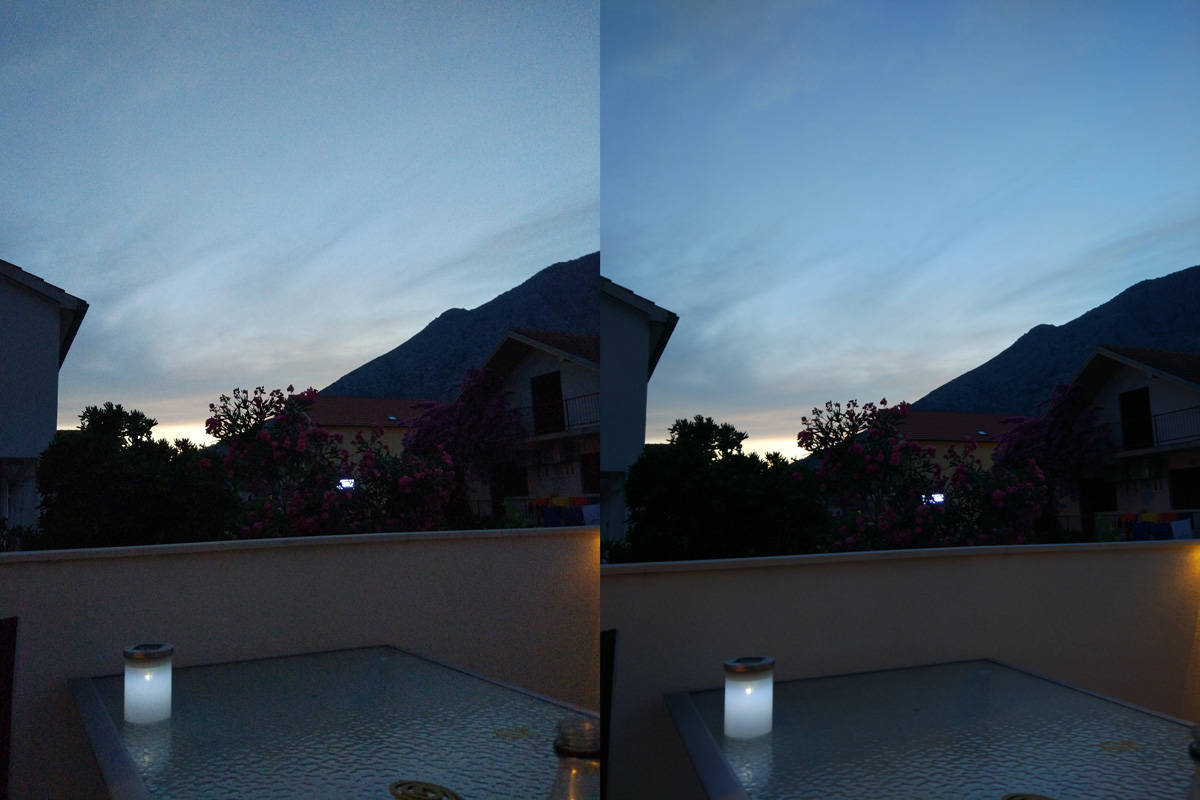
And here is the 100% crop. The results are good, but you obviously can't use such long exposure times for most shots.
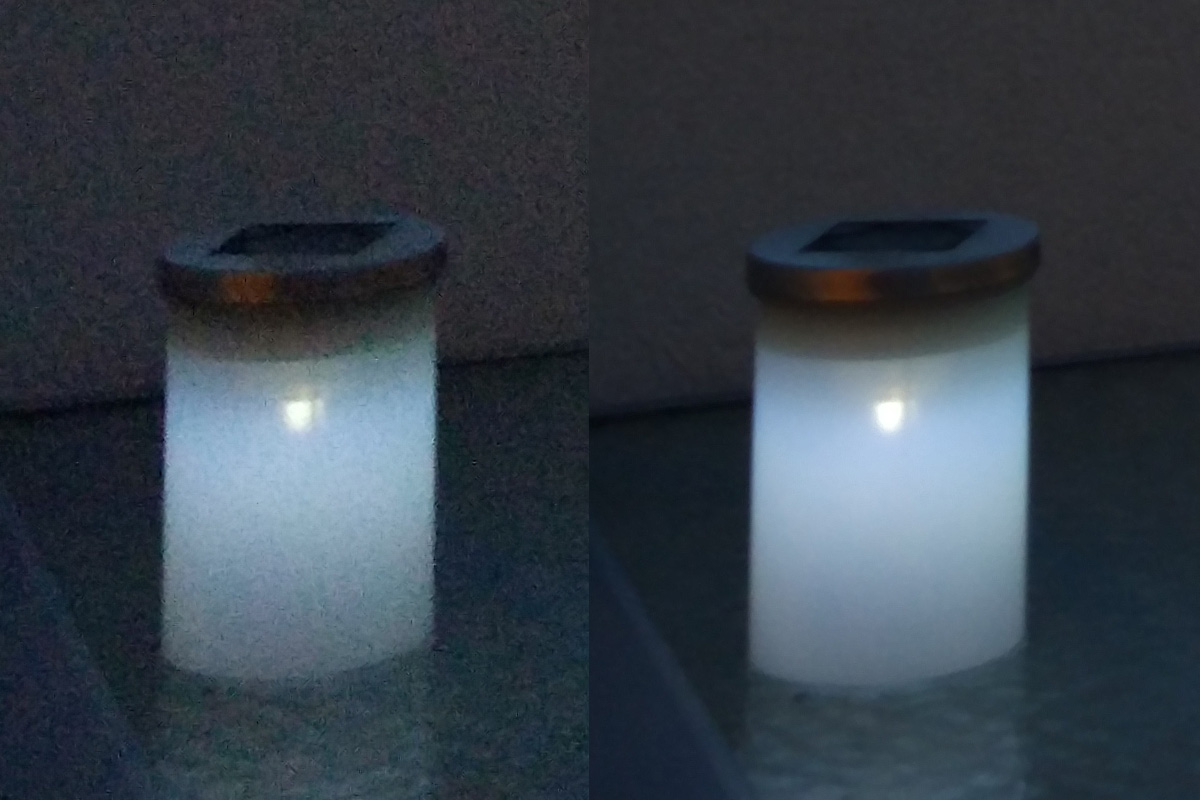
On the other hand, good OIS makes a huge difference in some situations, provided you bother. Sadly, most people just stick to Auto on their phones, and the camera app doesn’t offer any new user-enabled modes optimized to benefit from 4-axis OIS, or the long exposure capability it provides.
Close-up shots also benefit from OIS, as does video. The phone can capture 4K video at 30fps, but if you’re into slow motion, you’ll be happy to hear that the camera can pump out 120fps at 720p. Xiaomi's camera app hasn't changed in a while.
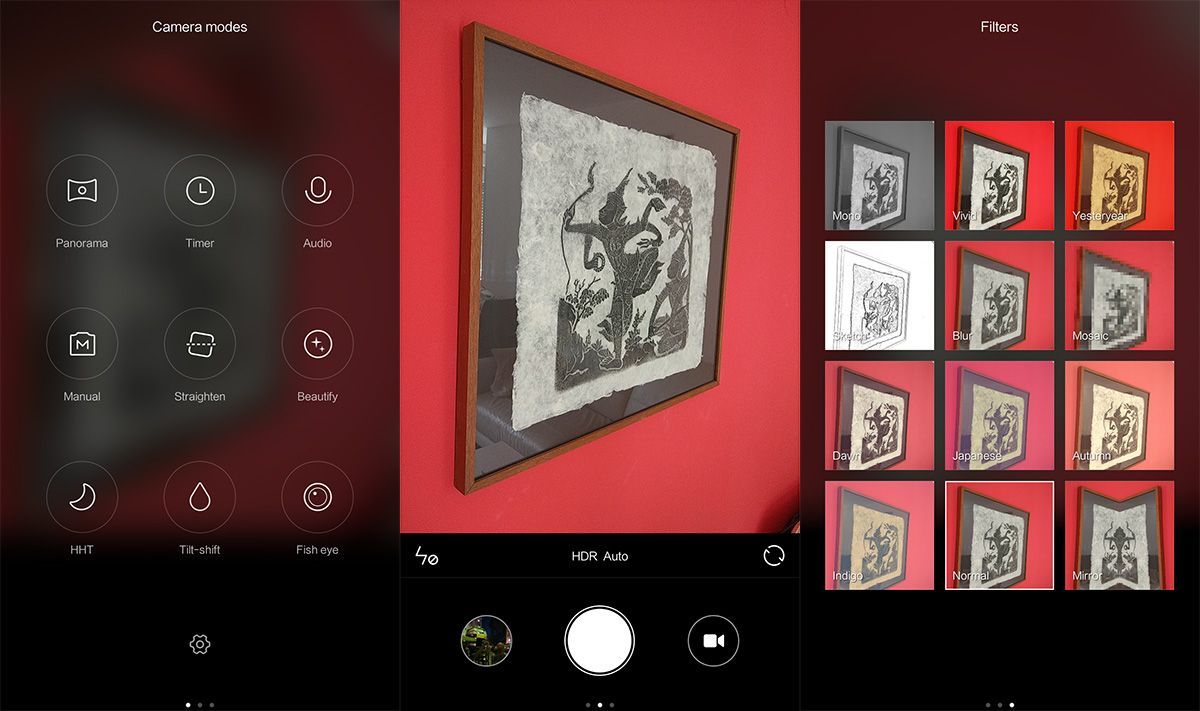
Bottom line: Xiaomi’s camera can’t match Samsung and Apple in low light, but it’s still a very good performer. Bear in mind that the Mi5 costs a lot less than a top of the line Galaxy or iPhone. It would be unfair to expect the Mi5 to consistently deliver results matching products that cost twice as much, or more. Xiaomi obviously decided to save a few pence on the optics, but in doing so, it also saved a bit of room, so the lens does not protrude. This is a matter of personal preference, but people who love phones with a flat back should be ok with this decision.
The front facing camera has a 4-megapixel sensor, which sounds like a step down from the Mi4 generation, but the new sensor is much better. Xiaomi traded megapixels for pixel size, and with thanks to the 2um pixel size and improved optics, the selfie cam delivers much better results than the previous generation.

